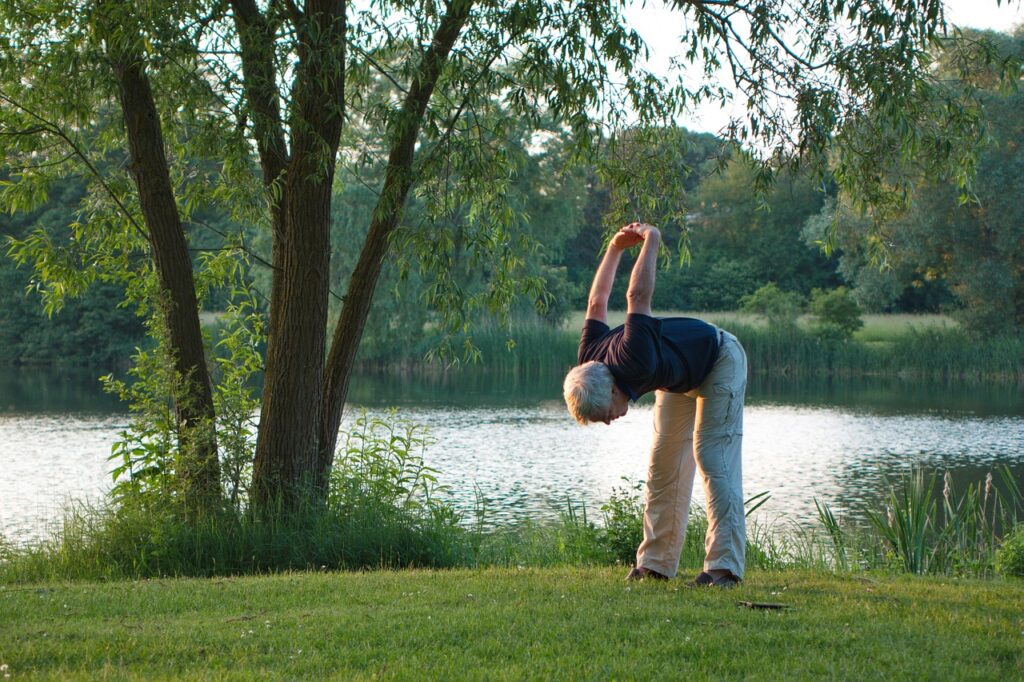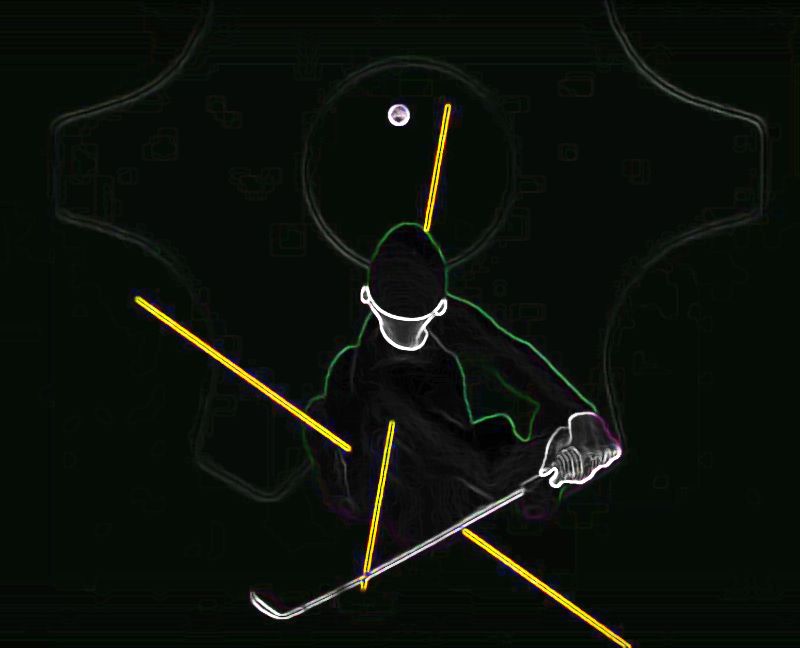As the old song goes…”Just do the Twist”… well not quite…but the right “little twist” will set you on the right track to turbo-charging your drives. We’ve all heard of the famous X-factor and how crucial it was to turbo-charging the range of your drive. It did however create a few low back injuries.
But I’m talking about X-factor 2.0 not the original idea that suggested minimal hip turn and maximum shoulder rotation. It’s the better physiological version that incorporates full hip turn.
It’s all about getting trail arm distance in your backswing so that you can generate maximum power and to get your shoulders perpendicular to the target i.e. you want the label in the back of your shirt collar to be pointing down your target line at the top of your backswing.
Well, there’s an amazing tweak that you can apply for immediate results that will help you master your X-technique. You can look forward to more power and greater distance in those long drives and with a whole lot less effort.
It’s not new and has been the foundation for gaining distance and accuracy off the tee for many years. It’s been repackaged and rebranded over and over again, resurfacing as the ‘closed-coil technique’, ‘power-loading’ or ‘the body-swing’ and a bunch of other iterations.
It’s just a Little Twist – Isolate your hips from your shoulders for a longer drive. The power in your stroke is directly related to the angular difference between your shoulders and your hips at the outer range of your backswing. The more the merrier.
We’re talking about the modified famous X-factor, not the original coined by Jim McLean back in 1992. The “X” refers to the cross created by an imaginary line through your hips as it intersects an imaginary line through your shoulders when viewed from above.
At the top of your backswing – You should have the biggest differential between your shoulders and your hips, typically about 30 degrees. The differential, or X, actually increases initially as you move into the downswing.
That’s because just before you reach the top of your backswing you should begin by transferring your weight forward to initiate the downswing by starting to rotate your trail hip toward your target – shoulders, arms and the club follow which creates the whip like action that generates club head speed and power (but that’s for another discussion).

Your power is directly related to this maximum differential and not to the overall angle that you generate between the club and the target line at the extreme of your backswing.
It doesn’t matter how far you turn. If there’s no differential between your shoulders and your hips you’ll have no power. And that’s no fun.
Your X-factor angle decreases through the downswing to about 20 degrees at impact. It’s crucial that your hips continue to lead your shoulders through the full range of motion or your swing. Your hips should end up turned about 45-60 degrees towards the target at impact i.e. your belt buckle should be pointing down your target line.
About three quarters of your body weight will naturally transfer from your trailing foot to your leading foot as you complete the stroke. If your hips do not have enough twist at impact (say they’re square at impact) your shots will tend to shoot off to the right (if you are right-handed golfer) because the path of the club-head becomes from out to in and the club face is often open too. So avoid this by being intentional about your rotation.
Which segues lovely to my passion. If your body does not have the mobility (range of functional movement), strength and proprioception, you will never master any of these components and be doomed to a life of golfing disappointment (maybe a bit dramatic, but you get the gist…)

(BTW…. Proprioception – knowing where your body and its parts are in 3-dimensional space without having to look – and kineasthesia – being able to feel whwere your body is while moving in 3 dimensions – are two of the most overlooked elements of a golf swing. So much of a consistent, effective golf swing, no matter the club, is about feel.
Feeling where the club head is during the swing in relation to your hands and body… feeling how your shoulders and arms are positioned relative to your hips throughout your swing…feeling how much force is needed for the shot you are trying to craft and the distance you want the ball to fly, and the shape you want to impart and any spin you want to apply or reduce etc. etc. etc.
If your capacity to feel where things are around you and within you during your golf swing is diminished then you golf swing will be affected as will the outcome of your shot. Don’t overlook this important element.)
Here’s a Useful Image. Think of your torso as a coil spring. Imagine your shoulders at the upper end with your hips at the lower end. Do you have the picture? Now grasp your spring at the upper (shoulder) end and rotate it around its longitudinal axis without securing the lower end.
As you might expect, you’ll encounter no resistance because the bottom end is not attached to anything. Now repeat the twisting action. But this time, secure the bottom end of your spring with your other hand. But allow it to travel 30 -50 per cent of the top part of the coil. Notice that the more you twist the top the more resistance you experience in the coil as the rotation (or X-factor) increases.
This coiling is similar to the mechanism behind a power swing. When you hold the top of the rotated spring, start moving the bottom of the spring (your hips) back toward the midline. You will an increase in the tension in the spring.
This mimics the initiation of a downswing with your legs and hips just before your shoulders and arms begin, allowing you to access stored up elastic energy from your body structures.
Now imagine suddenly releasing the shoulder end of your imaginary spring. Can you visualise the speed and power as your shoulder unwinds to catch up with your hips an pelvis…like a sling shot whipping towards the ball.
Another good piece of imagery is skipping stones across water, but doing while keeping your feet still (no stepping).

Let me repeat. Turbo-Boost Your Drives by turning your hips towards the direction of the target just as your shoulders complete the backswing. If you are right-handed, you’ll turn your hips counter clockwise and the reverse if you are a leftie. There are drills you can do to help make this automatic too.
By accentuating your hip action in the direction of the target you will “turbo-boost” your drives. That extra “little twist” acts to give your more torsion through the unwind phase of your stroke with a noticeable and effortless increase in speed and power at the club head.
You’ve heard of air-guitar? Well there’s also air-golf. Practice turbo-boosting your drives whenever you have a few idle minutes during your day.
Take your address stance with a wall a couple of inches behind your butt. Hold your hands together as if grasping an imaginary driver (your air driver). Move your arms to the top of the backswing position, while pushing your lead foot into the ground so that it forces your trail hip to rotate back and your butt cheek to touch the wall behind you.
Keeping your arms and shoulders at the top of your backswing, use your legs, turn your hips in the opposite direction. You’ll experience a nice stretch in your abdomen and what’s more it feels good. This a good drill to do to help your proprioception too.
It won’t be long before you become a master of dissociation (moving your hips and shoulders independently of each other) and you’ll enjoy those longer drives from the get go! And with longer drives you will hit more greens and score better.


I was excited to uncover this page. I wanted to thank you for your time for this particularly fantastic read!! I definitely loved every little bit of it and I have you saved as a favorite to look at new stuff on your blog.} {visit the following web site|visit the following site|visit the following web site|Visit Homepage|visit the following web site|visit my webpage|visit the following internet site|visit the following webpage|visit the following site|visit the following internet site